Seattle’s hilly terrain makes it one of the most picturesque cities in the U.S., but it also poses unique challenges for homeowners, especially when it comes to sewer line replacement. Hillside properties face steep slopes, unstable soil, and complex access issues that can complicate Seattle plumbing projects. This article explores the challenges of hillside sewer replacement, modern solutions like trenchless technology, and practical tips for homeowners to ensure durable, eco-friendly pipe installation.
Why Hillside Sewer Replacement in Seattle Is Unique
Seattle’s topography, with its steep inclines and variable soil types, creates a distinct set of challenges for sewer systems. Unlike flat terrains, hillside properties often have:
- Steep gradients: Sewer pipes must maintain precise slopes to ensure proper flow, which is harder on hills.
- Soil instability: Seattle’s mix of clay, sand, and glacial till can shift, causing pipe damage.
- Limited access: Narrow roads and dense vegetation make it tough to bring in heavy equipment.
These factors make traditional dig-and-replace methods costly, disruptive, and sometimes impractical. Fortunately, advancements in pipe installation (#) techniques offer solutions tailored to Seattle’s unique landscape.
Common Challenges of Hillside Sewer Systems
Hillside sewer line issues often stem from environmental and structural factors. Here are the most common problems homeowners face:
- Pipe Misalignment: Steep slopes can cause pipes to shift over time, leading to leaks or clogs.
- Root Intrusion: Seattle’s lush greenery means tree roots often infiltrate sewer lines, causing blockages.
- Erosion and Landslides: Heavy rainfall, common in Seattle, can erode soil around pipes, leading to cracks or collapses.
- Access Constraints: Hillside properties often lack space for large excavation equipment, complicating repairs.
These challenges require specialized expertise in hillside sewer replacement to avoid costly damage to property or the environment.
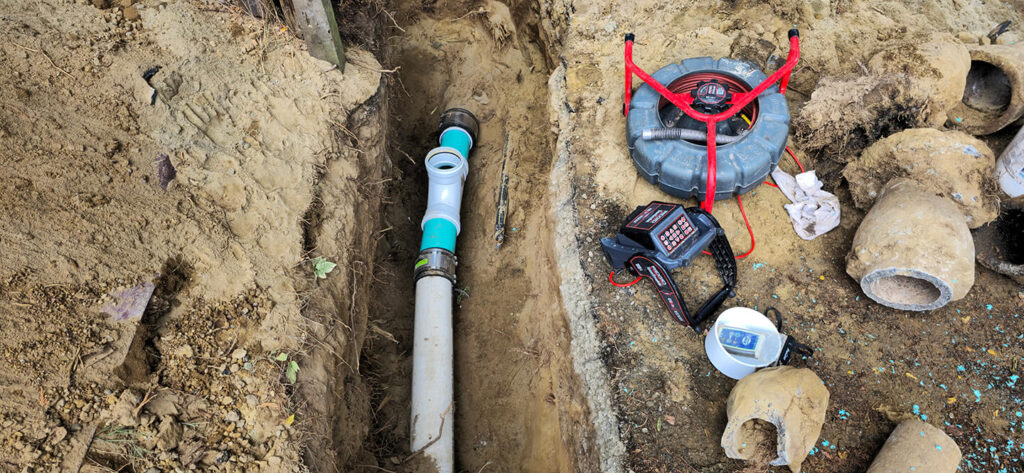
Trenchless Solutions for Seattle’s Hillside Properties
Traditional sewer replacement involves extensive digging, which is particularly disruptive on hillsides. Trenchless sewer repair methods, like Cured-in-Place Pipe (CIPP) and pipe bursting, offer less invasive, eco-friendly alternatives.
Cured-in-Place Pipe (CIPP)
CIPP involves inserting a resin-coated liner into the existing pipe, which is then cured to form a new, durable pipe inside the old one. Benefits include:
- Minimal digging, preserving landscaping and driveways.
- Faster installation, often completed in a day.
- Reduced carbon footprint, aligning with Seattle’s sustainability goals.
Pipe Bursting
Pipe bursting replaces old pipes by pulling a new pipe through while breaking the old one apart. This method is ideal for severely damaged pipes and offers:
- Long-lasting results with high-density polyethylene (HDPE) pipes.
- Less disruption to hillside terrain.
- Compatibility with Seattle’s strict environmental regulations.
Both methods are highly effective for Seattle sewer solutions, minimizing disruption while ensuring reliable performance.
Environmental and Regulatory Considerations
Seattle is known for its commitment to environmental stewardship, and sewer replacement projects must comply with strict regulations. Key considerations include:
- Stormwater Management: Hillside repairs must prevent runoff that could pollute local waterways. Trenchless methods reduce soil disturbance, lowering this risk.
- Permitting: The City of Seattle’s sewer regulations require permits for sewer work, ensuring compliance with safety and environmental standards.
- Eco-Friendly Materials: Using bio-attributed materials, like those outlined in the EPA’s guide on trenchless technology, supports carbon-neutral goals.
Homeowners should work with licensed contractors familiar with Seattle’s codes to avoid fines or project delays.
Tips for Homeowners Facing Sewer Line Issues
If you suspect sewer problems on your hillside property, here are practical steps to take:
- Watch for Warning Signs: Slow drains, gurgling noises, or soggy patches in your yard may indicate sewer issues.
- Schedule a Camera Inspection: A professional can use a sewer camera to diagnose problems without digging.
- Consider Trenchless Options: Ask about CIPP or pipe bursting to minimize disruption and costs.
- Maintain Your System: Regular cleaning and avoiding flushing non-degradable items can extend your sewer’s lifespan.
- Hire Local Experts: Choose contractors with experience in Seattle plumbing services and hillside projects.
About KnightRooter
When it comes to tackling the unique challenges of hillside sewer replacement in Seattle, KnightRooter is your trusted partner. With years of experience in Seattle plumbing and a commitment to innovative solutions like trenchless technology, KnightRooter delivers reliable, eco-friendly pipe installation tailored to your property’s needs. Our team of licensed professionals understands Seattle’s regulations and terrain, ensuring every project is completed with precision and care. Contact KnightRooter today to schedule an inspection or learn more about our services.
Explore More Resources
For more information on sewer line maintenance and repair, visit our service pages:
- Sewer Line Replacement Everett
- Sewer LineReplacement Edmonds
- Sewer Line Replacement Seattle
- Sewer Line Replacement Bothell
- Sewer Line Replacement Kirkland
- Sewer Line Replacement Lynnwood
- Sewer Line Replacement Woodinville
- Sewer Line Replacement Snohomish
- Sewer Line Replacement Bellevue
FAQ
1. Why are hillside sewer replacements more expensive in Seattle?
Steep slopes, soil instability, and limited access increase labor and equipment costs. Trenchless methods can help reduce expenses by minimizing excavation.
2. How long does trenchless sewer repair take?
Most projects, like CIPP or pipe bursting, are completed in 1–2 days, depending on the pipe’s length and condition.
3. Are trenchless methods environmentally friendly?
Yes, they reduce soil disturbance, lower emissions, and often use sustainable materials, aligning with Seattle’s eco-friendly standards.
4. Do I need a permit for sewer replacement in Seattle?
Yes, the City of Seattle requires permits for sewer work to ensure compliance with safety and environmental regulations.
5. How can I prevent sewer line issues on my hillside property?
Regular inspections, root barriers, and proper drainage maintenance can help avoid costly repairs.
For professional and fast drain cleaning Bothell, drain cleaning Seattle, and drain cleaning Bellevue, contact KnightRooter. Our team is ready to provide the best solutions for your drain issues.

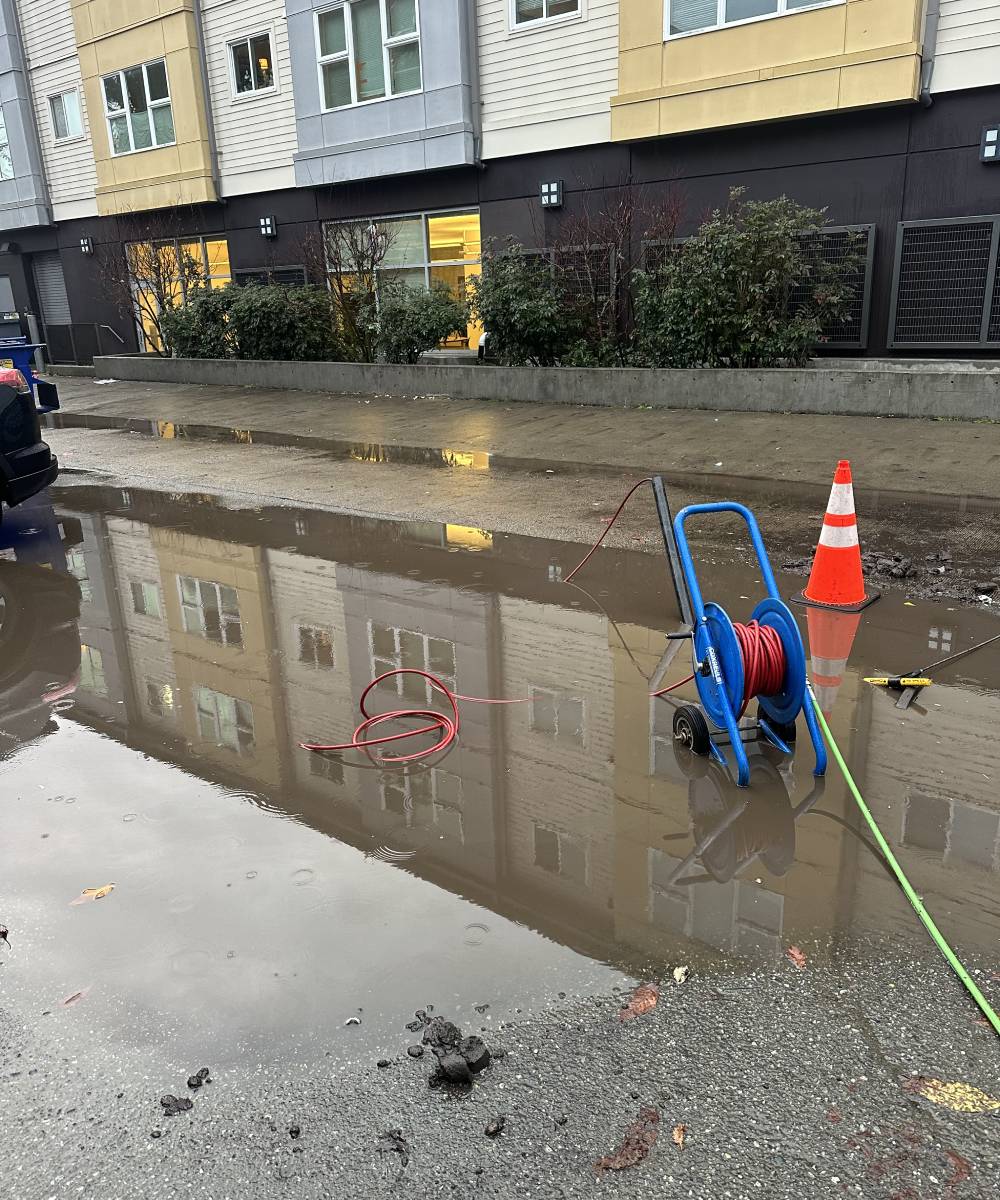
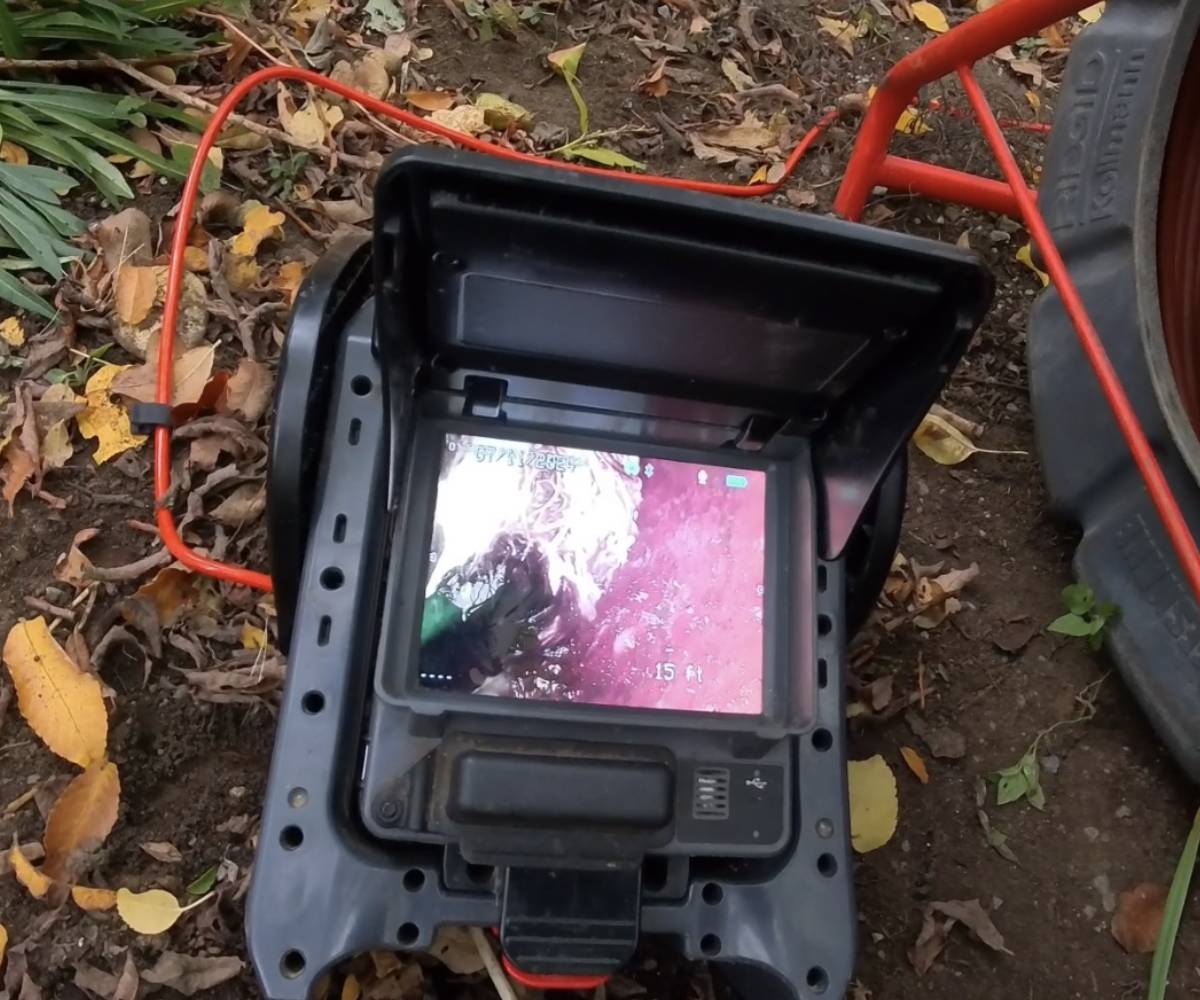
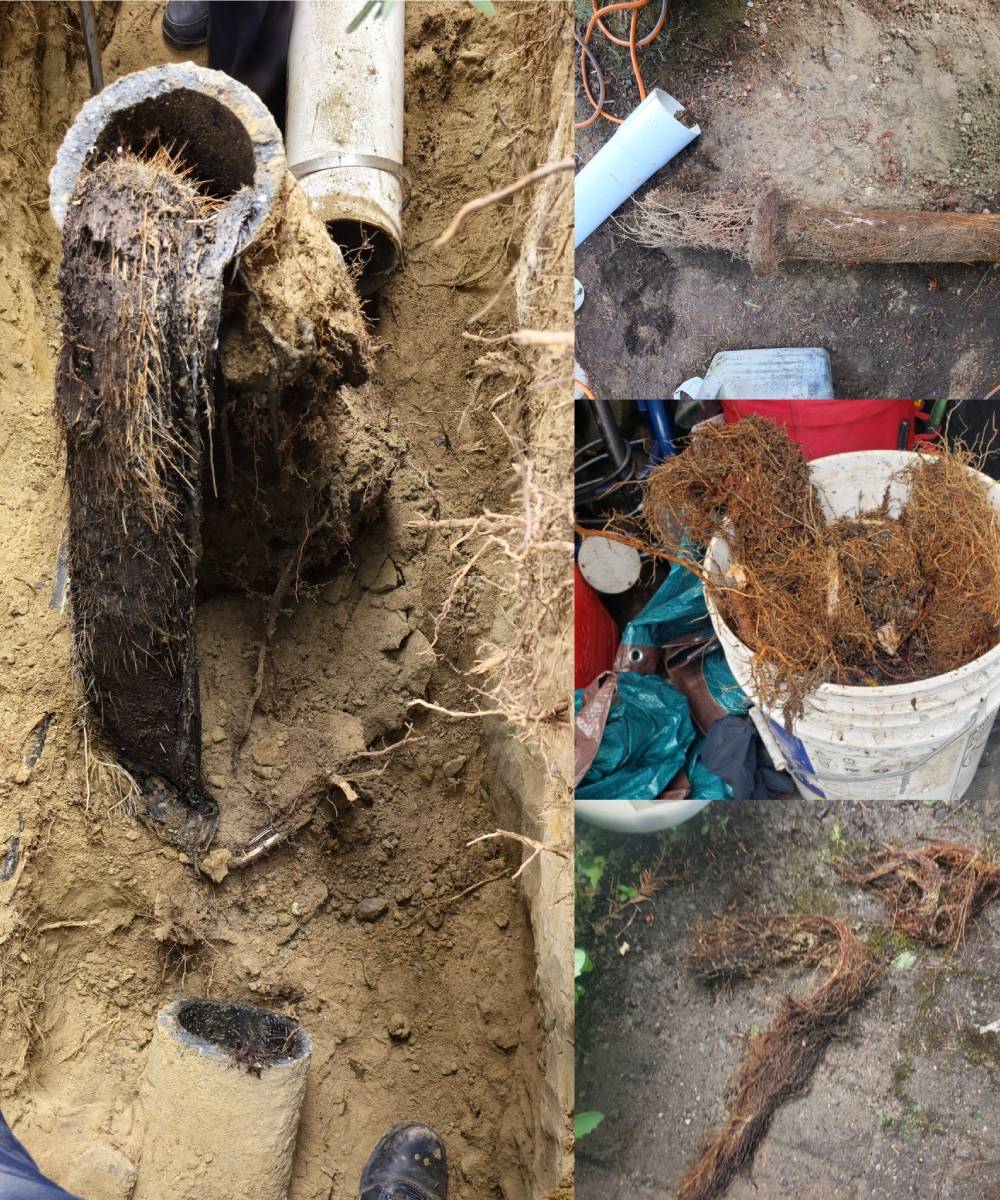
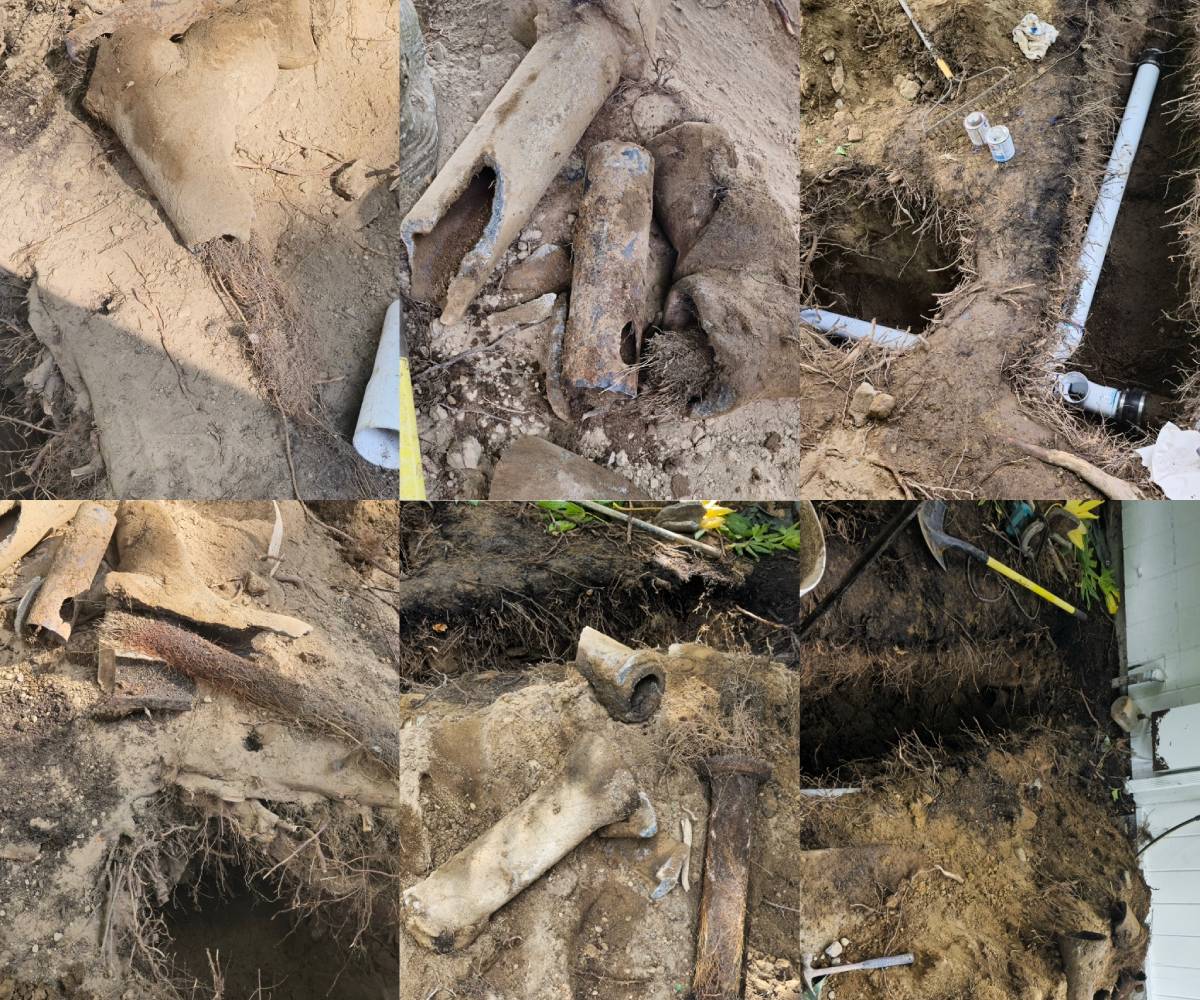
No comment yet, add your voice below!